Document Type
Article
Publication Title
BMC Public Health
Publication Date
3-2017
Abstract/ Summary
Background: Children regularly consume foods from quick-service restaurants (QSR), but little is known about the foods that children order, the calories and nutrients consumed, the accuracy of stated calorie information, or the ability to assess food orders and consumption in QSRs. This study evaluated the feasibility of plate waste collection in QSRs and examined children’s orders and consumption of meals from the standard and children’s menus. Additional aims were to examine if the meals ordered met healthier standards for children’s menu items and determine the accuracy of the QSR-stated energy content of foods. Methods: Fifteen QSRs, two malls, and 116 eligible parents were approached to participate in the study in 2015. Among the families recruited, children’s meal orders and consumption were analyzed using plate waste methodology, and a subsample of foods was analyzed using bomb calorimetry in 2015. Results: Two individual QSRs and one mall food court with two QSRs agreed to participate, and n = 50 participants (parents with children between the ages of 5-10 years) were recruited. Children consumed on average 519 calories, 5.7 g saturated fat, 957 mg sodium, 3.7 g fiber, and 22.7 g sugar. Children ordered and consumed significantly fewer calories and less sodium and sugar with meals ordered exclusively from the children’s menu compared with the standard menu. Overall there were no significant differences between the measured and stated energy contents of the QSR foods. Conclusions: Conducting plate waste research in QSRs is feasible and there is concordance with stated calorie information. Consuming foods exclusively from the children’s menu may help limit overconsumption in QSRs.
Creative Commons License

This work is licensed under a Creative Commons Attribution 4.0 International License.

